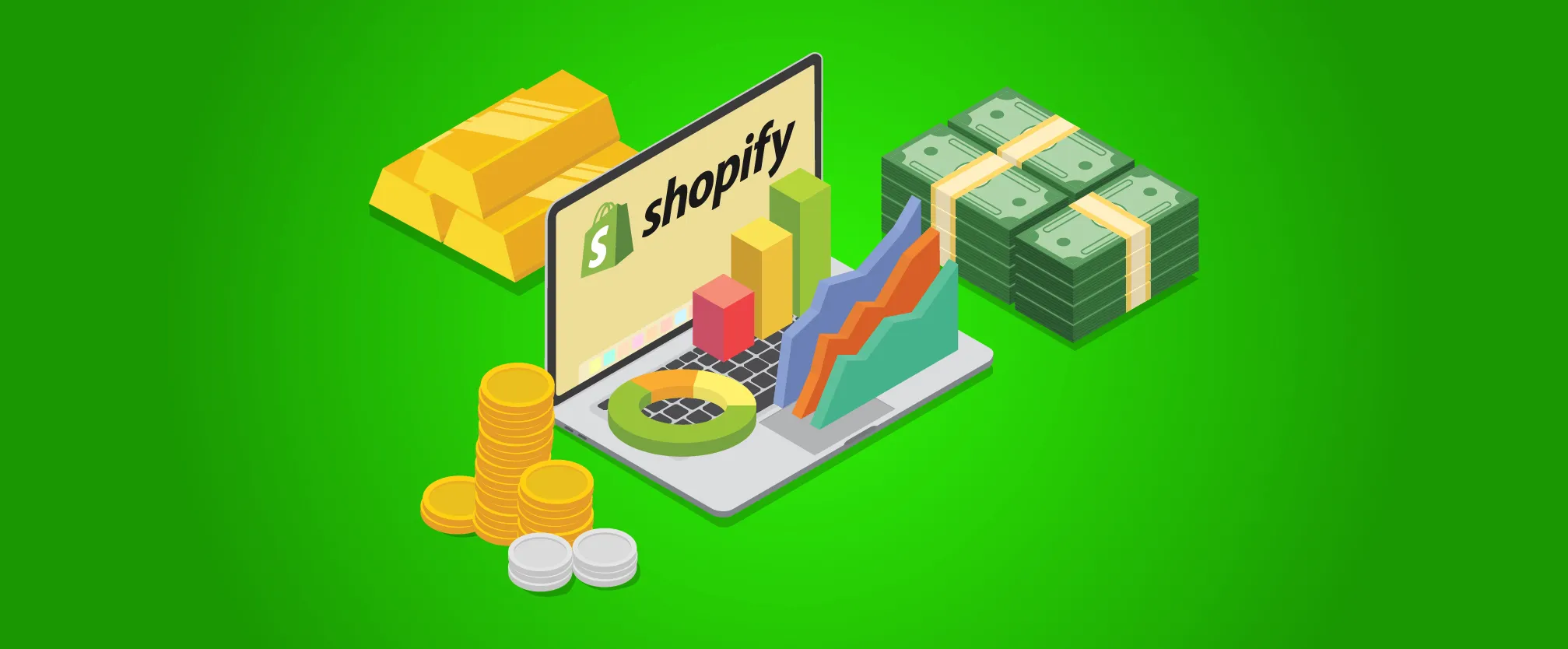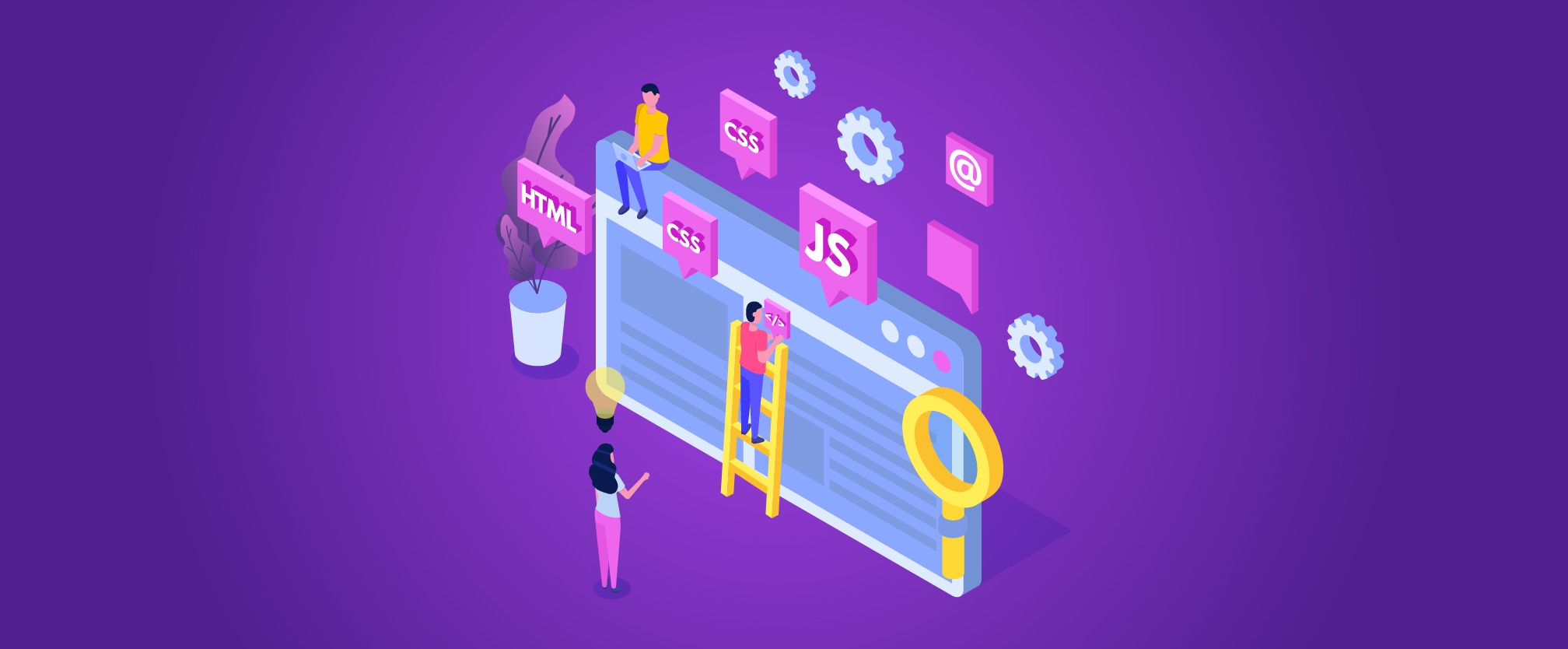Optimizing image formats for Shopify stores is crucial for success. High-quality photos that load quickly can help attract more traffic and boost sales. For best results, choose image formats wisely: JPEG (product photos – quality & size balance), PNG (graphics with sharp details), GIF (animations).
Images need to look great on all devices. This means paying attention to dimensions and resolution. For example, square photos with a 1:1 aspect ratio are ideal for product displays. Using smaller file sizes makes stuff load faster, keeping people interested and improving their experience.
Picking the correct file format can affect how well your online store works. JPEGs provide high-quality visuals with smaller file sizes than PNGs, which are better for images requiring transparency. GIFs can be used for simple animations but should be optimized to avoid slowing down the site. Efficient image optimization provides a seamless shopping experience and drives sales.
Understanding Image Formats and Shopify Integration
Choosing the correct image format for your Shopify store can significantly impact website performance and user experience. Each format has strengths and must be used appropriately to maintain quality and reduce load times.
Essential Image Formats: JPG, PNG, WebP, and GIF
JPG is a popular image format because it balances quality and file size. This works best for photos and images with lots of colors. However, it can lose quality when compressed too much.
PNG is best for images that need transparency or fine detail. If you need to convert heic to PNG, there are various tools available that can help maintain the quality and transparency of your images. It maintains high quality and has a larger file size compared to JPG. This format is excellent for logos, icons, and graphics with text.
WebP is a modern format designed to create smaller, better-quality images for web use. It supports both lossy and lossless compression. WebP images often load faster without sacrificing quality, which is crucial for eCommerce sites.
GIF is suitable for simple images like icons and animations. It supports only 256 colors, which makes it less ideal for photographs. It can show animations, which is excellent for basic motion graphics.
Shopify’s Image File Requirements and Limitations
Shopify supports several image formats, including JPG, PNG, WebP, and GIF, with specific guidelines to optimize performance. The maximum file size for images on Shopify is 20 MB, which ensures quick uploads and fast loading times for customers.
Images should be no larger than 4472 x 4472 pixels, keeping the aspect ratio close to square, typically 2048 x 2048 pixels. This helps maintain high resolution without unnecessary bloat. Shopify automatically compresses images to balance quality and speed.
Using WebP for most product images is recommended to maximize compatibility and performance. This reduces file size while maintaining quality and speeding up the site. For transparent pictures and icons, PNG is preferred. Animated GIFs can be used sparingly to highlight special features.
The Impact of Image Optimization on Shopify Performance
Optimizing images on a Shopify store can significantly affect key performance metrics like page speed, user experience, and search engine rankings. Proper image optimization involves balancing various factors to ensure fast loading times and high-quality visuals.
Image Size vs. Quality: Finding the Balance
Balancing image size and quality is crucial for maintaining good site performance. Large, high-quality images may look appealing but can increase load times. Conversely, smaller images might load quickly but appear pixelated if compressed too much. Using appropriate formats like JPEG for photos, PNG for graphics with transparent backgrounds, and WebP for a good balance between size and quality can help optimize performance without sacrificing visual appeal.
Load Times and User Experience
We need fast load times to make sure users have a good experience. Slow-loading images can frustrate visitors, leading to higher bounce rates and lower conversion rates. Compressing images and choosing the proper formats can significantly reduce load times. This, in turn, enhances the overall user experience. Quick-loading pages engage users, making them more likely to explore products and complete purchases.
SEO Benefits and Search Engine Rankings
Image optimization also impacts SEO and search engine rankings. Search engines like Google prioritize fast-loading websites, which means a well-optimized Shopify store is more likely to rank higher in search results. Optimized images can also make content more accessible. By including descriptive alt text, they help search engines better understand and index the content. This boosts visibility and draws more organic traffic to the site.
Strategies for Optimizing Images for Your Shopify Store
To optimize images for your Shopify store effectively, focus on compression and resizing, ensure pictures are responsive for mobile optimization, and use alt text and image metadata to improve SEO.
Best Practices for Compression and Resizing
Compressing images is critical to maintaining quick load times, which enhances user experience and boosts SEO. Use Photoshop or online services to reduce file sizes without losing quality.
Resizing images to appropriate dimensions can prevent slow loading. Maintaining a balance between size and clarity for product images ensures high-quality visuals. Always test different compressed and resized versions to find the best compromise between quality and speed.
Next-gen formats like WebP can reduce file size while retaining quality better than traditional formats.
Responsive Images and Mobile Optimization
With the rise of mobile shopping, responsive images are crucial. Make sure photos can adjust to different screen sizes and orientations. Use HTML attributes like “srcset” to provide different versions of an image, loading the most suitable one based on device resolution.
This approach helps optimize images for all devices, improving the user experience across desktop and mobile.
Pay special attention to logos and product images, as they should display correctly on any screen without diminishing quality or causing layout issues.
Utilizing Alt Text and Image Metadata
Individuals with disabilities require alt text to access and understand website images. This is crucial because it helps improve how search engines find and understand content. It describes the content of an image for screen readers and search engines. Use relevant keywords naturally and avoid keyword stuffing.
Image metadata can also play a role in SEO. Adding descriptive titles, captions, and file names helps search engines understand what the image represents. This practice can improve your website’s visibility in search engine results.
Consistently using alt text and metadata across all images enhances overall site performance and makes it more SEO-friendly, ultimately contributing to better search rankings and increased conversions.
Conclusion
Optimizing images for your Shopify store is crucial for fast loading speeds and high-quality visuals. Choose the right formats—JPEG for photos, PNG for transparency, and WebP for efficiency. Proper sizing and compression balance quality and load times, enhancing user experience. Use responsive design for mobile optimization and include alt text and metadata for better accessibility and SEO. Effective image optimization boosts user engagement, improves search rankings, and drives sales, making it essential for a successful online store.




